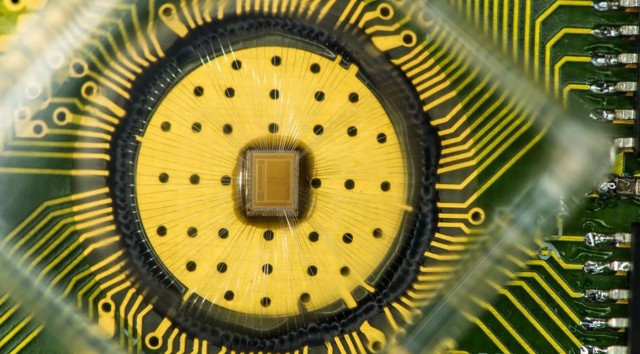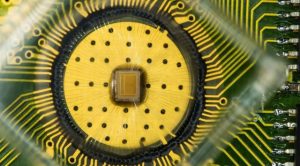- February 7, 2017
- by Alex Song
Education in the US Could Change Drastically
- February 2, 2017
- by Alex Song
The Obamas on a Much Needed Vacation
- January 16, 2017
- by Alex Song
Netflix Stock Stronger Than Ever
IBM is Revolutionizing Computing With Memory Faster Than Flash

- Jun 01, 2016
- by Alex Song
We all know that technology improves at an exponential rate. The computerized phones we have are more powerful than the entirety of NASA when we first launched Apollo 11 into space to land the first two men on the moon. In just the last decade, our mobile computing has increased to the point where we can basically run our entire lives from a handheld device that we can take anywhere. But technology has recently come to what seems like a crawl because it’s more or less been incremental changes instead of huge leaps of revolution. Now we have our next revolution.
IBM has created a new type of memory that is superior to Flash memory. Flash memory is the idea of a flash drive and implemented as a hard drive to replace the decades old technology that still uses a tiny disk that spins in a block to read and write data. Flash is quickly becoming the new standard for speed and reliability. IBM uses an already existing technology called PCM (phase change memory). But where traditional PCM memory could only store 1 or 2 bits of data per cell, IBM can store 3 bits. That doesn’t sound like much but it vastly increases the speed even over Flash and also makes it way more cost effective.
We will note that this new form of PCM isn’t as fast as something like DRAM (dynamic random access memory) but DRAM is far more expensive than other forms of memory storage. Most smartphones use a combination of DRAM and Flash memory. IBM estimates that if smartphones use their PCM in place of flash smartphones and tablets could boot in seconds as well as an increase in processing power. Tests are still being conducted but practical testing puts PCM up to 70x faster than Flash with theoretical applications at 100x faster. Another benefit is that PCM won’t lose any memory when it turns off unlike Flash or DRAM.
The final bit of good news with PCM is durability. Flash based memory only lasts around 3,000 write cycles before it starts degrading causing data loss and errors. PCM will last at least 10 million write cycles which means a built in lifetime guarantee unless there are other external factors that affect it like dropping it for example.
We will note that another memory breakthrough was made last year by Intel and Micron. They debuted their 3D XPoint storage which is theoretically 1,000x faster than flash but development in actually utilizing that technology has been slow to take. With all these advancements the slowest part is to wait for companies to actually use these technologies!
CATEGORIES
- Breaking News(21)
- Buzz+(54)
- Life+(19)
- Most Read Stories+(13)
- Science+(15)
- Uncategorized(2)
- Video+(3)








Latest Comments